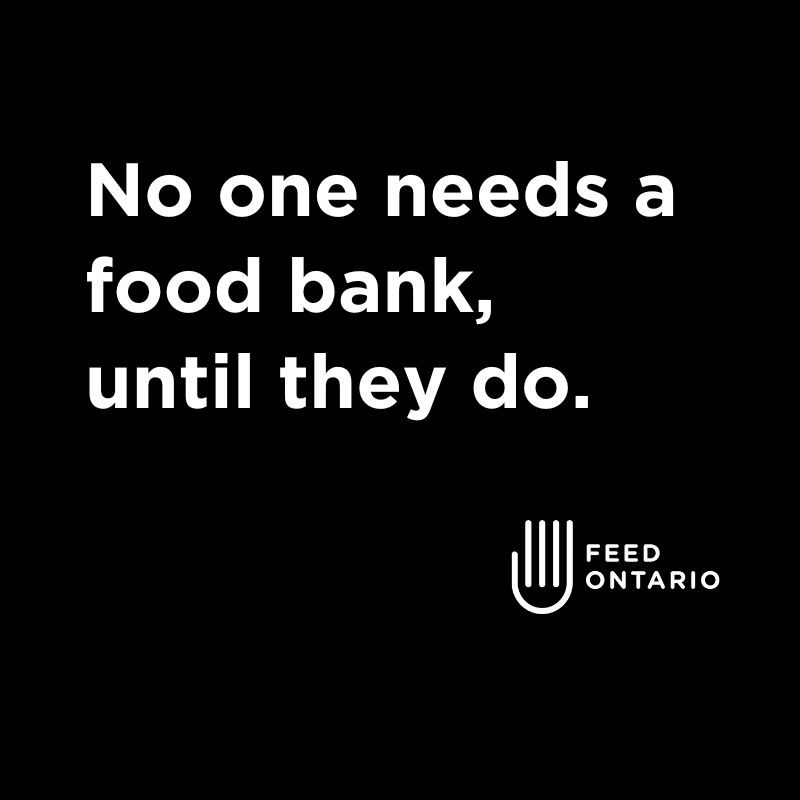No one plans to be unable to feed their children. A healthy lunch provided at school could be the only meal some children receive all day. At home, parents may skip a meal so their child doesn’t go hungry.
Children continue to be one of the largest groups of food bank users in the province with a significant number of Ontario children relying on food banks and school nutrition programs. Studies have shown that childhood hunger is linked to negative academic and health outcomes, including impaired learning and decreased productivity, and a higher risk of mental health challenges and chronic conditions like asthma. Beyond that, studies have shown that the impact of childhood hunger can create a ripple effect that ultimately makes it more difficult for children who grow up in poverty, to escape poverty as adults.
- Children and youth are nearly twice as likely to access a food bank than adults.
- 32% of food bank visitors last year were under 18 years old.
- 51% of our network food banks provide specialty programs that support children and youth and 33% provide back to school assistance.
Learn more about how hunger also affects workers, seniors, and people with disabilities, and the three ways you can help.
General Statistics:
- 587,000 adults, seniors, and children accessed a food bank in Ontario between April 1, 2021 and March 31, 2022 – an increase of 15% over the last three years.
- Ontario’s food banks experienced a 64% increase in first-time visitors since 2019.
- Ontario’s food banks were visited more than 4.3 million times throughout the last year, an increase of 42% over the last three years.
- Feed Ontario supports 1,200 hunger relief organizations across the province and distributed more than 7.3 million pounds of food last year, 63% of this was fresh or frozen.
- 91% of food banks provide services and programming beyond emergency food support.
- Between January and September 2022, the number of people accessing food banks increased by 24% over the same period in the previous year alone.

